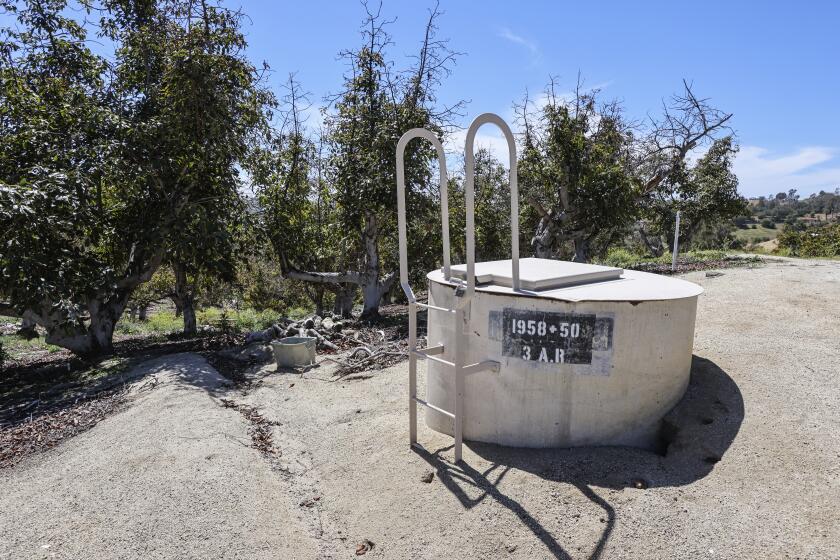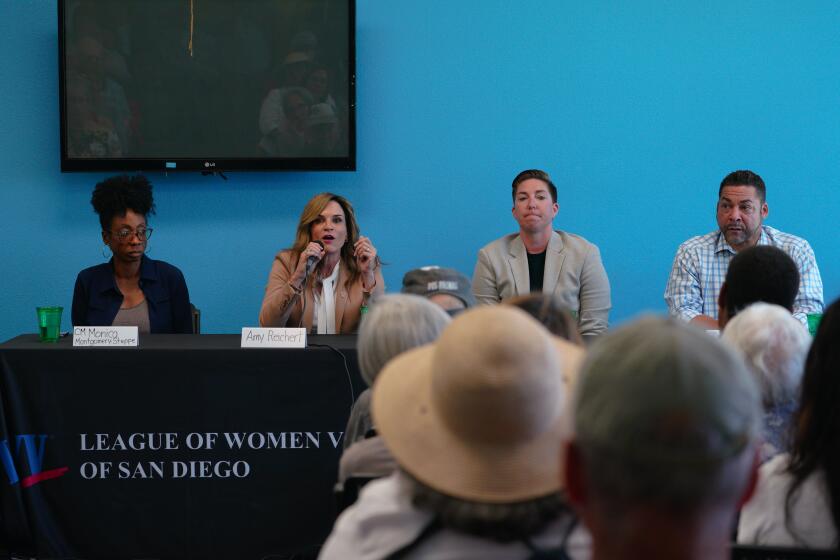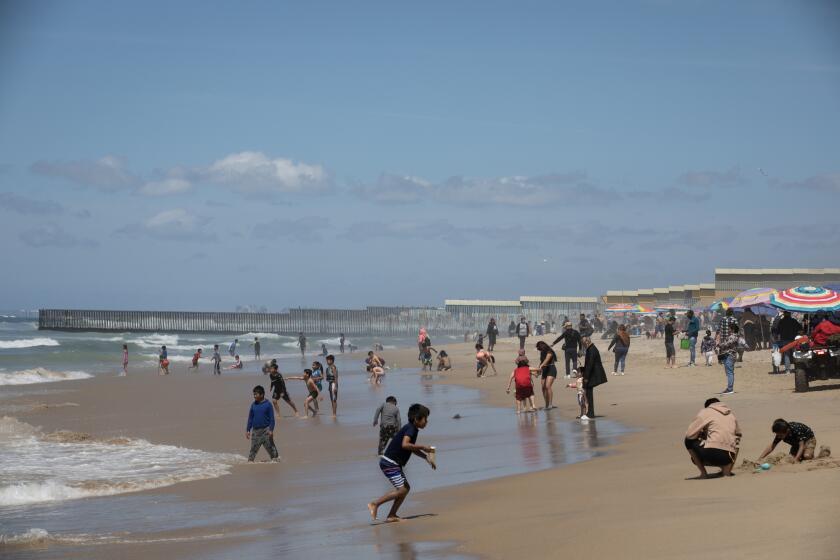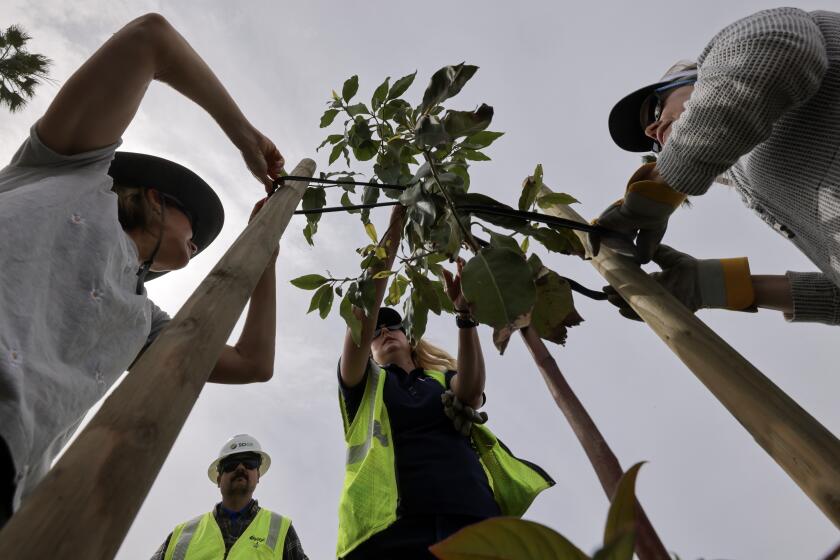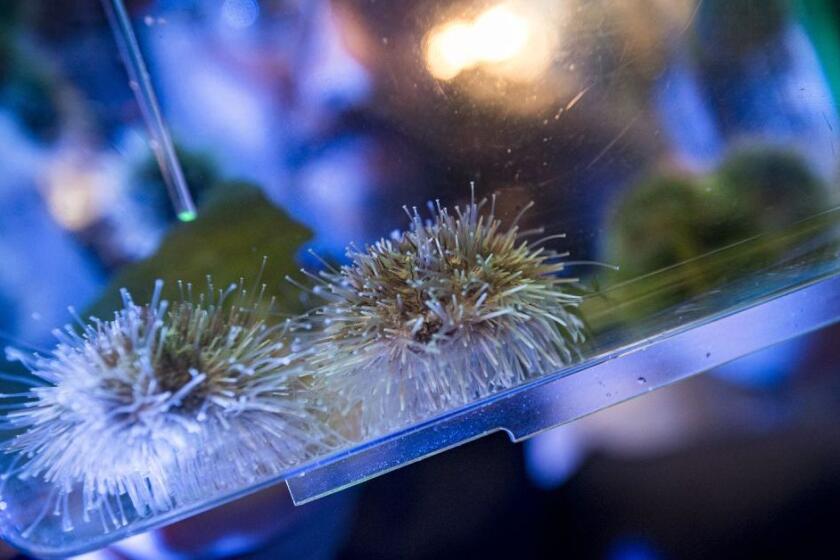Fighting plastic waste with algae-based flip flops
UCSD scientists made algae-based sandals; now they’re figuring out how to recycle them
First UC San Diego researchers whipped up batches of algae foam to make sustainable flip-flops; now they’re figuring out how to turn the used sandals back into the elements they came from.
Three billion petroleum-based flip-flops are produced worldwide each year, and most will end up in landfills or circulate in ocean currents, where they’ll become part of the burden of ocean plastic pollution, scientists said. To reverse that trend, Professors Michael Burkart and Stephen Mayfield worked with graduate student Natasha Gunawan and research scientist Marissa Tessman to develop a sustainable, algae-based alternative.
Much of the petroleum we use today came from ancient algae, and freshly harvested algae oil is chemically similar, Mayfield said. Like petroleum, it can be formulated to make hard and soft foams, which function much like conventional petroleum-based versions. Mayfield opened his laboratory and founded a startup company, Algenesis, to explore those uses.
They created prototypes of commercial flip flops and are working to bring them to market. They are currently made up of 52 percent biocontent, and the company is aiming to bring that up to 100 percent, Mayfield said in a statement from the university. But just as important as making the flip flops is un-making them. To avoid creating more plastic waste, the product needs to be biodegradable in traditional compost conditions, over a short period of time.
Mayfield said scientists have shown that commercial products such as polyesters, bioplastics and fossil-fuel plastics can biodegrade, but only in lab tests or industrial composting. The Algenesis team tinkered with the polymer bonds in their algae bioplastic to create shoes that remain sturdy while on customers’ feet, but degrade quickly once discarded.
They tested the formula by immersing the foam in traditional compost and soil, and found that the material degraded after 16 weeks. Moreover, they showed that they could take the decomposed byproducts to create new plastic materials, “creating a ‘bioloop,’” Mayfield said.
The team published its study results in the upcoming issue of the science journal Bioresource Technology Reports.
“The life of material should be proportional to the life of the product,” Mayfield stated. “We don’t need material that sits around for 500 years on a product that you will only use for a year or two.”
Get Essential San Diego, weekday mornings
Get top headlines from the Union-Tribune in your inbox weekday mornings, including top news, local, sports, business, entertainment and opinion.
You may occasionally receive promotional content from the San Diego Union-Tribune.





